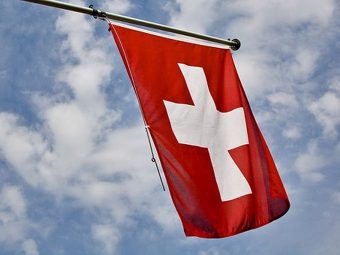
The European Union has announced that it will link its emissions trading system with Switzerland’s own system, following a decision made by the European Commission.
With all attention focused on the environmental impact the United Kingdom’s exit from the European Union (Brexit) will have on the region’s, and specifically the UK’s greenhouse gas emissions levels, the European Union has this week announced that it will now link its own emissions trading system with Switzerland’s, following the adoption of two proposals by the European Commission which finalized the deal between the EU and Switzerland.
Specifically, linking the two systems will allow participants in the EU Emissions Trading System (EU ETS) to use allowances from the Swiss system for compliance, and vice versa.
The move was described by Switzerland’s government as a “big step forward.”
The EU ETS is based on a ‘cap and trade’ system in which a cap is set on the total amount of certain greenhouse gas emissions that are allowed to be emitted by installations covered by the EU ETS. Operating in 31 countries — including all 28 EU Member States, plus Iceland, Liechtenstein, and Norway — the EU ETS limits emissions from more than 11,000 heavy energy-using installations including power stations and industrial plants, and airlines that operate between these countries, and covers around 45% of the EU’s greenhouse gas emissions.
Meanwhile, Switzerland’s emissions trading system covers 54 companies across cement, pharmaceutical, refinery, paper, district heating, and steel sectors, and is also based on a ‘cap and trade’ system, setting the maximum amount of emissions at 5.63 million tonnes of CO2 in 2013, then reduced by 1.74% each year, set to reach 4.91 million tonnes in 2020.
The big takeaway, in my opinion, from this announcement is the impact that it might have on the upcoming Brexit negotiations. Now that the EU has agreements in place for four non-European Union countries — Iceland, Liechtenstein, Norway, and now Switzerland — will the UK remain as part of the EU ETS, or will it create its own emissions trading scheme and link itself with the EU, or will it go it alone?
Source: cleantechnica.com



